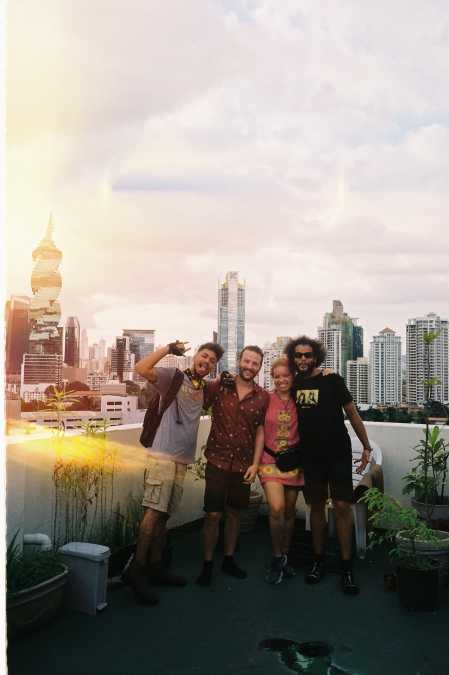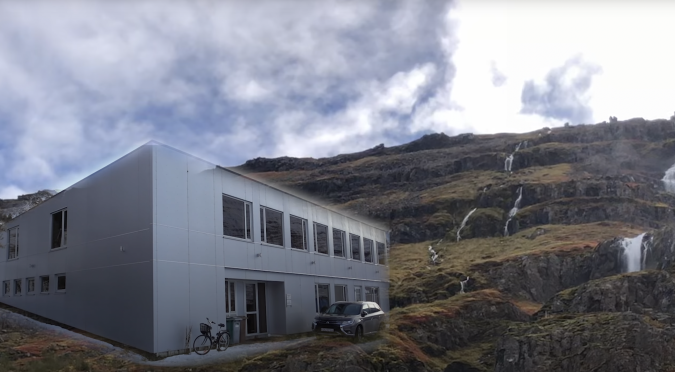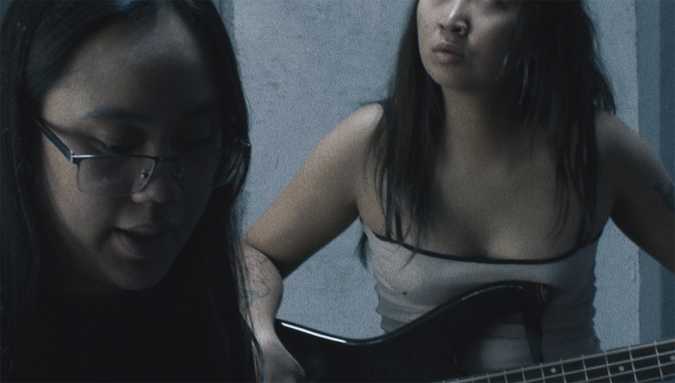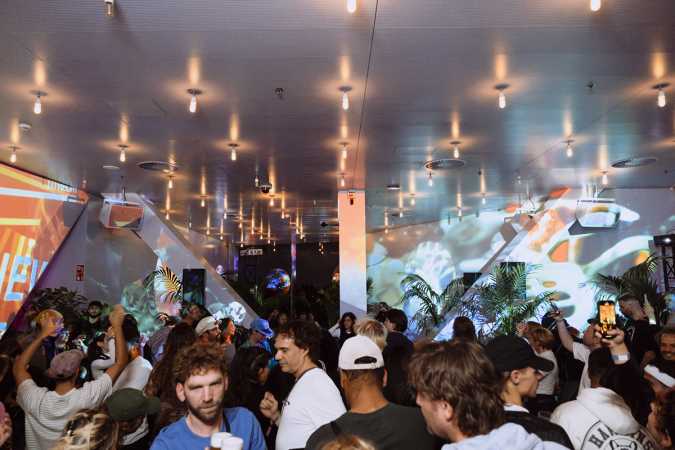Every year, COSMOS - our hybrid platform highlighting independent music scenes from around the world - links up with new partners, inviting them to grant us a glimpse into their unique musical environments. In the coming weeks, we’re rolling out the visual component of these partnerships: short but powerful mini-documentaries, by the scene, for the scene.
You can find all previous COSMOS films on our YouTube playlist. Now, we’re headed over to Kadıköy, Istanbul, where IDGK are capturing the buzzing energy of the city’s live band circuit. The interview questions below were answered by IDGK founders Alena Verbitskaya, Ercan Bektaş Ülger, and Berk Uslu.
When you first were tasked with making a short documentary about IDGK and the Istanbul scene you portray on your YouTube channel, was it easy to come up with a concept?
To begin with, we had a rich archive of performances, backstage footage and interviews that we collected over the years. Yet, this project was interesting in a way that – as a media outlet who puts artists in the spotlight – this was the first time that we turned the camera to ourselves. We had already decided from the start that the movie would be a mix of our own story as IDGK mixed with other people’s stories. The hardest thing was to choose the scale of it, because the scene is very diverse, and impossible to capture fully in a short format, so we decided to take a very local approach and highlight the micro-community formed around Kadıköy.
How did you go about the selection process for the acts you want to feature?
For this movie, we narrowed it down geographically, and focused more on Kadıköy and especially the Kadife Sokak ecosystem, where we’ve spent the most time. There are countless people we would have loved to feature. And since IDGK is an ongoing project, the film is just an introduction to what the Istanbul music scene is, or better, how it sounds. As we keep on recording, the scene keeps shifting too. There’s much more that will unfold.

IDGK has a distinctive style in all of your work. One might find similarities to punk-zine aesthetics. How have you developed your own style?
The punk-zine aesthetic could be on point not just for the stylistic part of our productions but also for the way how it all comes together. The DIY culture surrounding our subjects necessitates us to work in similar ways. It’s not just about not having the means, it’s about what you currently have in hand, cherishing it and staying true to the subject.
For example, while decorating the Karga backstage where we shoot our live performances series Yuva, we didn’t bring anything from outside. All you can see in the frame are the memorabilia, posters and props this venue collected over its 30 years. Actually, the only piece of decoration we brought was the carpet which they’ve been using on the stage performances ever since. Also, the backstage is not a big space, so we use wider lenses and keep them dynamic, moving to keep up with the pace of the performances we are shooting. But, it feels less like a dictation or a limitation and more of a natural formation. So, yes, you can say our style is unique in a way that punk culture is inventive and crafty.
What advice would you give to young music / culture enthusiasts, who are just starting out, about how to document your culture (and why)?
Another thing is, which isn’t specifically about Turkish culture, but start from your own circle, the community you’re actually a part of and let it grow naturally. You don’t need to be perfect as you learn on your way. Ask for help. Really. If you see someone’s already doing what you want to do yourself, go talk to them. People are often more open than you would assume, and just talking to them might save you months of trial and error.

If someone sees this and is really curious about engaging with the scene in Istanbul – what places should they start visiting?
If you land on the Anatolian side, Kadıköy is a great starting point for anyone interested in the current alternative and punk music scene. Karga hosts shows ranging from hardcore punk to experimental jazz and ambient.
But if they land on the European side, Taksim is a good starting point for anyone who wants to explore electronic dance music. Şahika and Noh Radio are interesting venues there.
It’s important to say once again that the film only shows one part of a much bigger and more varied music scene in Istanbul. Although we are working on a more expansive story, documenting everything honestly is impossible. And the movie was shot and edited during the time the scene was shifting fast, so what you see is a snapshot of that specific time, not a full map.
So we recommend you to see our short doc as a modest introduction to actually coming and experiencing the Istanbul music scene yourself.




